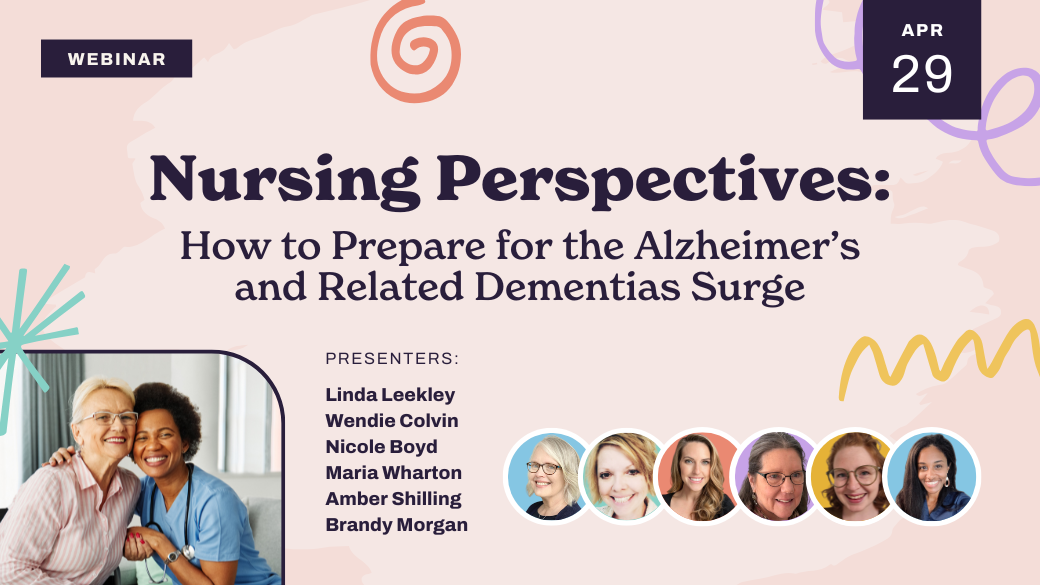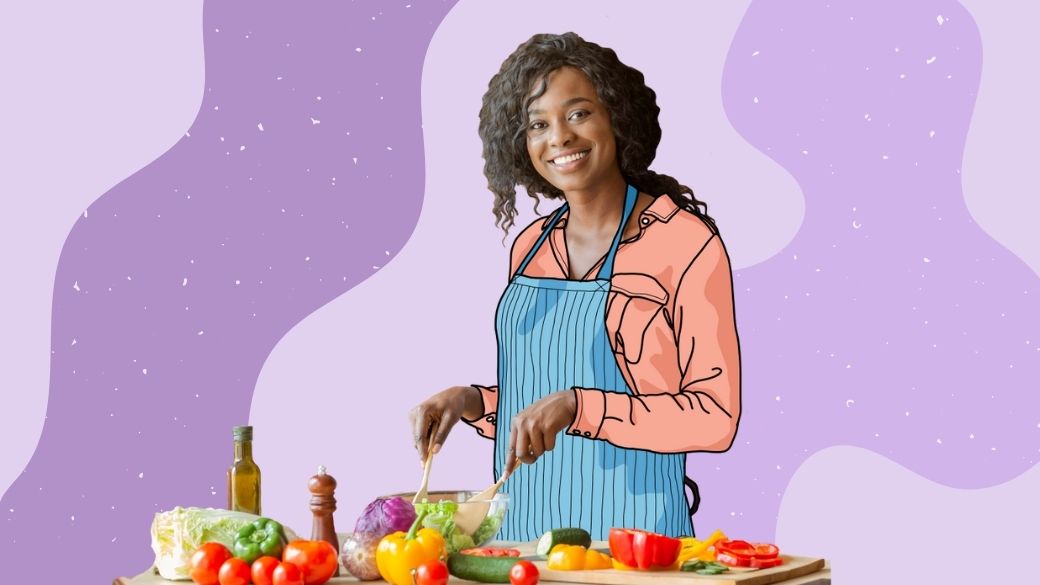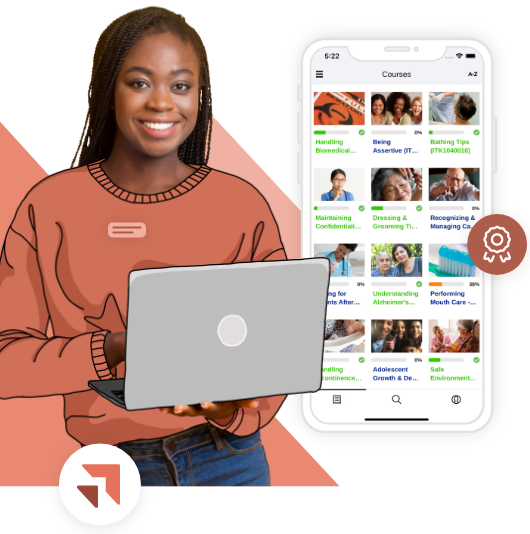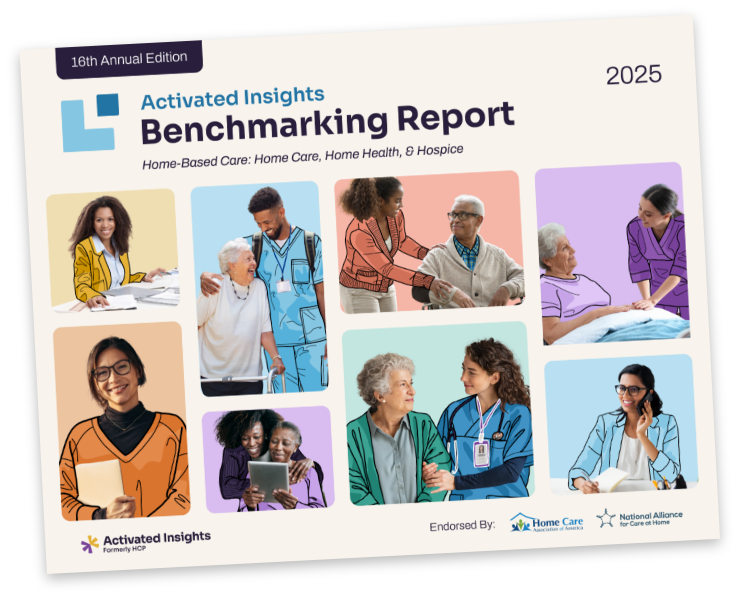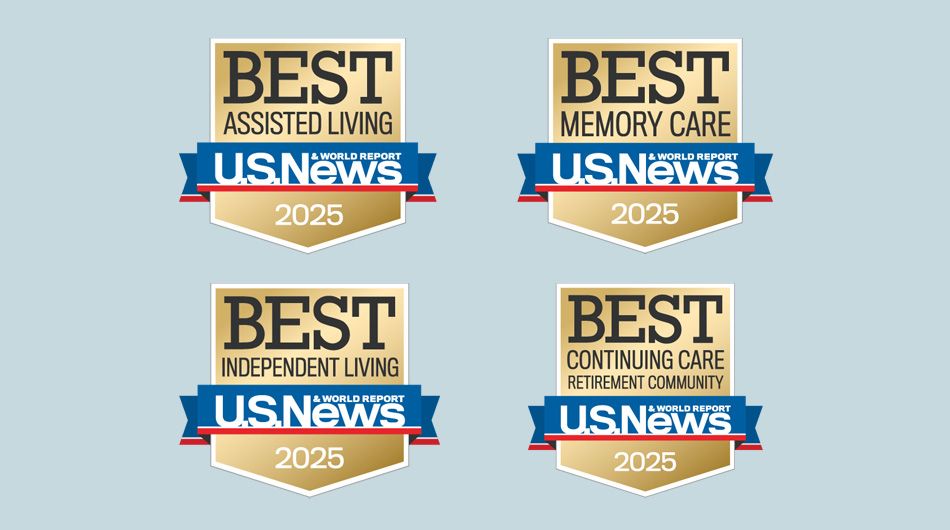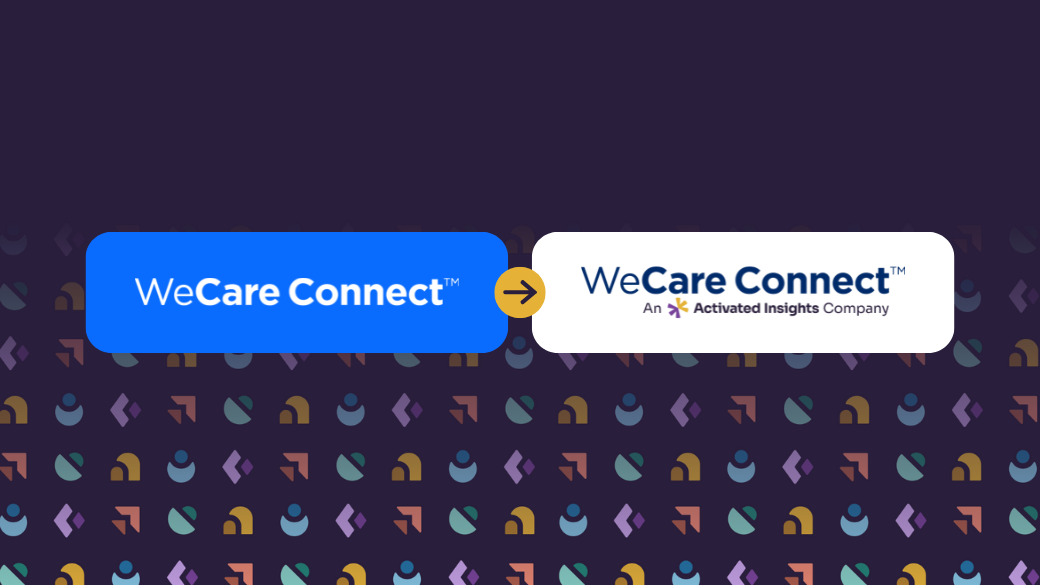Meal preparation is often overlooked with client and caregiver matching – learn why it’s important and how to prepare your caregivers to be master chefs.
When I worked as a client care manager, one of our caregivers was chronically late and sometimes neglected important care tasks. Despite these incidents, his work was invaluable to the client because of how good his breakfasts were.
We wanted to replace him, but the client wanted him as the primary caregiver because the food he made was delicious. It was eye-opening to recognize how much of this client’s experience with our agency was shaped simply by the quality of this caregiver’s cooking.
This isn’t to say that it’s ever acceptable to overlook necessary care tasks, but you shouldn’t underestimate the importance of meal preparation and good-tasting food on a client’s overall quality of life.
Malnutrition is also a common issue in older adults; eating too much and too little food that lack nutritional benefits. Did you know that 50% of this age group is at risk of being malnourished, according to the Public Health Post? Disease-related malnutrition, lack of training, and other factors are not addressed by the American healthcare system in older adults.
As a home care agency, you have an opportunity to directly confront these disparities and provide your clients with quality care which includes healthy and good-tasting meals.
Some of the reasons that caregiver cooking skills are important include:
Here are some tips to help your caregivers cook more effectively for your clients.
You can have caregivers with A+ practical skills, but do they also have A+ cooking skills?
Your caregivers need to have the skills required to take care of clients and address their health concerns. Meal preparation is a key skill that you should be evaluating, as it’s a critical part of health maintenance and prevention.
When meal prep is done wrong, your clients may not want to have a certain caregiver back – irrespective of their other care-related skills.
Meals are important to clients; food may be one of the few things that they have left to enjoy. Clients may even complain about the cooking skills of your number one caregiver, but how meals are cooked and eaten can greatly affect a client’s independence, dignity, and satisfaction.
When hiring caregivers, it’s important to evaluate their practical skills–but don’t underestimate the importance of their cooking skills.
Cooking is easily and too often overlooked.
Because most caregivers have basic cooking skills, it’s all too easy to make assumptions about their skills instead of ensuring competency. Many chronic conditions that your clients are living with affect what they can and can’t
When matching clients and caregivers together, you need to consider chronic condition compatibility. But have you placed equal emphasis on dietary restrictions and the meal preparation skills required for these needs?
One client that we interviewed for satisfaction surveys said that she asked her caregiver for a grilled cheese sandwich. The caregiver stuck cheese on a piece of bread, then put it in the toaster—creating a huge mess.
Not all situations are that extreme. However, when they are unable to boil water, clients must rely on caregivers for assistance. By placing more emphasis on cooking, your clients will be more satisfied.
You might be familiar with Maslow’s Hierarchy of Needs – a psychological theory of human needs in order of priority. Food is located on the bottom rung of Maslow’s hierarchy of needs for a reason—it’s a basic need required for survival.
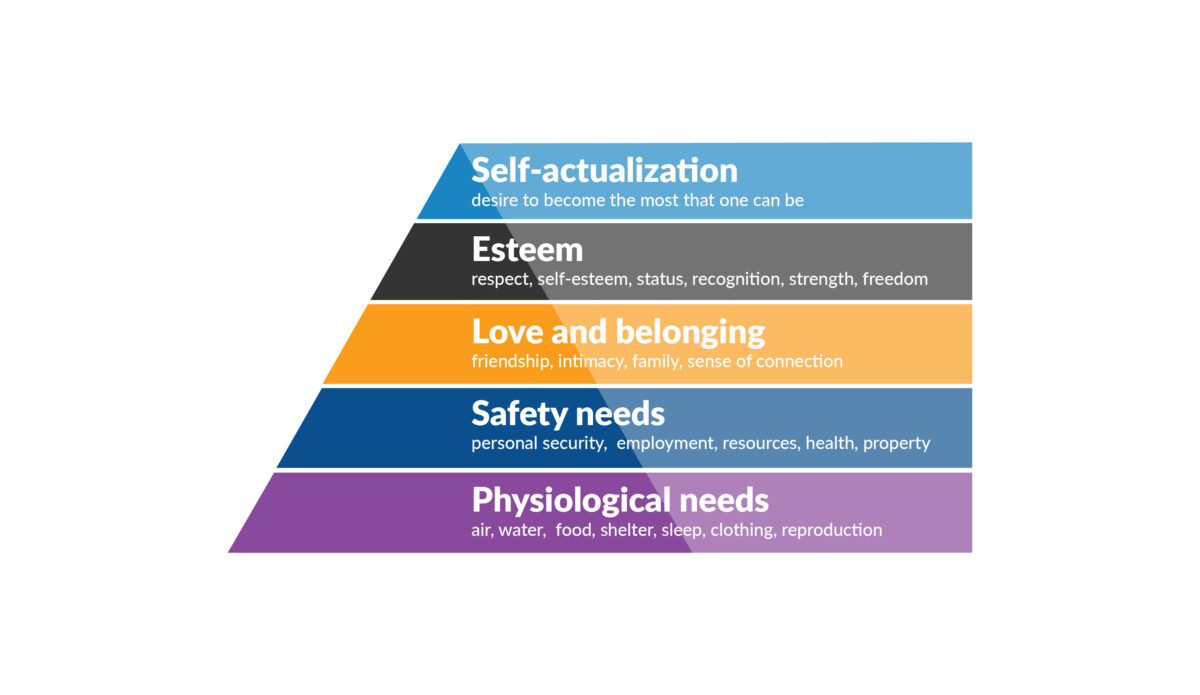
What order are you using to address your client’s dietary needs? Do they follow Maslow’s hierarchy of needs?
Having caregivers who are exceptionally good cooks is an opportunity to wow your clients.
Once your caregivers are adequately trained and informed on their clients’ dietary needs, they can prepare foods that go above and beyond. Good cooking will help your caregivers impress clients when other care tasks may be more difficult to deliver the “above and beyond” standard.
Your goal is to provide exceptional care, but it’s an everyday struggle to balance the needs of each client. Your clients have seen your reviews and have set the bar high for the care you provide. It’s hard to give the “wow” factor to each of them.
Most caregivers can cook basic dishes like pasta, chicken, breakfast sandwiches, etc. Taking into account a client’s dietary restrictions and creating delicious, visually appealing dishes elevates their cooking to an even higher level. You can take it a step further by encouraging caregivers to start grocery lists and to routinely check the fridge/freezer for expired foods.
Every client wants the “above and beyond” standard of care, and this could potentially lead to your agency’s differentiator: caregivers with culinary skills that match your high standard of care.
Caregiver’s Kitchen: Cooking for Chronic Conditions Learning Path
With all of this in mind, Activated Insights is pleased to offer a series of online training courses that help your caregivers become great chefs.
Our training also highlights the importance of mealtime for clients who live with a chronic condition. We created a learning path and certification for caregivers, Cooking for Chronic Conditions. In this 5-module series, your caregivers will learn:
Mealtime with Diabetes: This course covers the two types of diabetes and their causes. It shows students how to cook delicious, carb-conscious meals for clients.
Mealtime with COPD: Caregivers learn about the respiratory system anatomy, and how to select foods to use in their cooking, and which items to avoid for COPD.
Mealtime with Alzheimer’s and dementia: This module goes over the importance of nutrition and hydration, how to consume food and drinks safely. It also goes over how to cook and serve food that appeals to all senses.
Mealtime with Food Allergies & Celiac Disease: In this module, caregivers learn about common food allergies. They also learn how to read a nutrition label, and how to serve meals without gluten.
Mealtime with Cardiovascular disease: Caregivers learn how to be heart-healthy in general and in terms of their clients’ diets. They also learn how to make heart-healthy food using the DASH diet.
At the end of the specialty caregiver certification, your caregivers will know how to make chicken medallions in white wine sauce and baked spinach with egg cups. How good does that sound? Your caregivers will earn Chronic Condition Specialist badges with the cooking skills to prove it.
Cooking with your clients in mind.
The great author Virginia Woolf once said, “One cannot think well, love well, sleep well, if one has not dined well.” Your clients will agree. Cooking isn’t the only aspect to focus your efforts on, but it can be a tool in improving client satisfaction.
Show clients and their family members that you care by upgrading your caregivers’ cooking skills specifically for chronic conditions. This will help shift the focus from task-based care to client-centered care.
Competition is stiffer than ever for home care. You can show how you’re different by training caregivers to be more sensitive to the culinary and meal preparation needs of your clients.
Each of your clients is different, and each deserves a unique menu of options for mealtime. So, what’s on the menu for tonight?
Read More:
Related Posts




